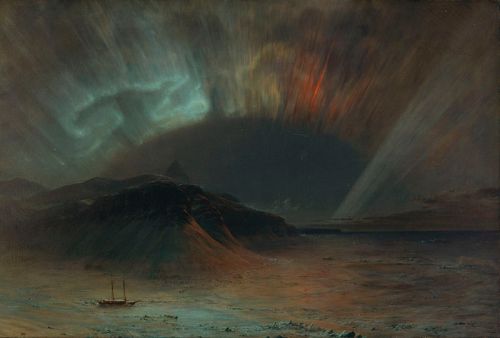
The Secret Commonwealth:
The Book of Dust, Volume Two
by Philip Pullman,
illustrated by Chris Wormell.
David Fickling Books / Penguin 2019
“Dæmons don’t exist.
We might think they do; we might talk to them and hold them close and whisper our secrets to them; we might make judgements about other people whose dæmons we think we see, based on the form they seem to have and the attractiveness or repulsiveness they embody; but they don’t exist.”
— From Simon Talbot’s ‘The Constant Deceiver’
Intellect and emotion may be the dualism that governs the human condition: imagination may be the link that binds them together. In The Secret Commonwealth the rift between Lyra and her dæmon Pantalaimon which was brought about in The Amber Spyglass (and which became more evident in Serpentine) is now an apparently unbridgeable chasm. Lyra’s absorption with treatises and fiction dominated by intellectualism has only served to further alienate her from Pan; it doesn’t take much to push the dæmon to begin a search for Lyra’s lost imagination, and that nudge comes with Pan witnessing a murder.
Where the His Dark Materials trilogy developed into individual quests through various worlds to arrive at a resolution, and La Belle Sauvage turned into an epic voyage through flooded countryside to safeguard a one-year-old, The Secret Commonwealth combines both as we follow key players from Brytain across Europe to the Asia Minor in just one world — Lyra’s. As we follow those players, Pan, Lyra, and Malcolm (along with one other) we learn just how much danger they’re in, are given clues concerning the bigger picture, and learn about great movements of peoples in that world which not only echo contemporary events in ours but also throughout the ages.
At nearly 700 pages the middle book of Philip Pullman’s second trilogy following the career of Lyra Silvertongue is almost impossible to characterise succinctly, let alone summarise — even if that was desirable — so I shall resort to impressions: impressions of mood, of characterisation and of possible significances.
Continue reading “Intellect and imagination” →











 In Spenser’s extraordinary allegorical epic in praise of Queen Elizabeth I and her government he comes up with striking image after image and kaleidoscopic incident after incident. I’ve only dipped into The Faerie Queene now and again but this incident came to mind when I was reading Philip Pullman’s first follow-up to the His Dark Materials trilogy, La Belle Sauvage. For those struggling with Spenser’s language, here’s a prose version of the circumstances surrounding the creature’s appearance, which includes a young innocent maiden fleeing from perils:
In Spenser’s extraordinary allegorical epic in praise of Queen Elizabeth I and her government he comes up with striking image after image and kaleidoscopic incident after incident. I’ve only dipped into The Faerie Queene now and again but this incident came to mind when I was reading Philip Pullman’s first follow-up to the His Dark Materials trilogy, La Belle Sauvage. For those struggling with Spenser’s language, here’s a prose version of the circumstances surrounding the creature’s appearance, which includes a young innocent maiden fleeing from perils: